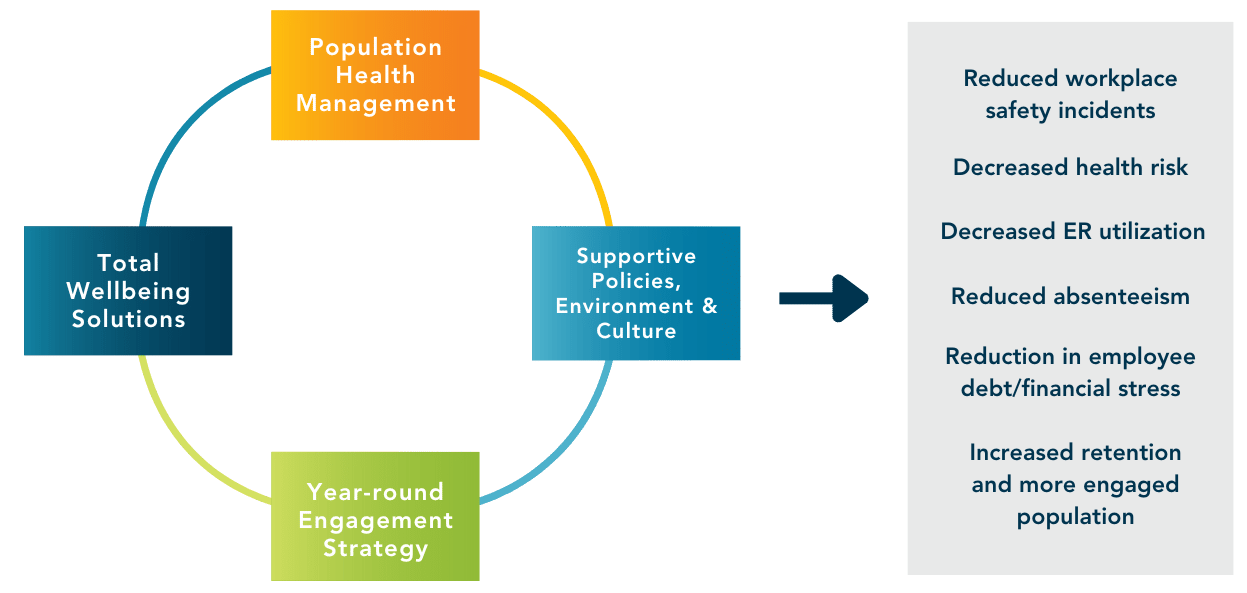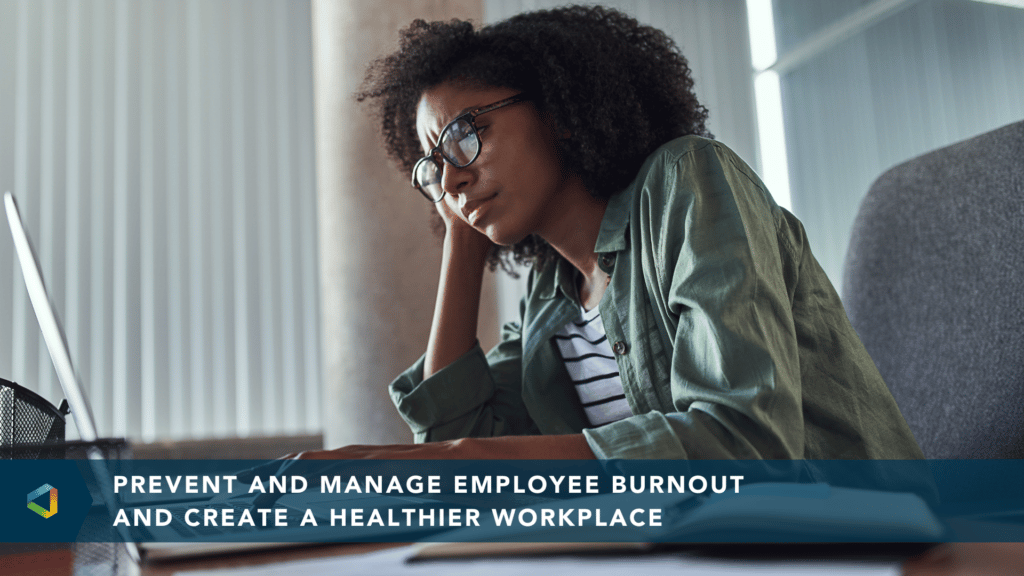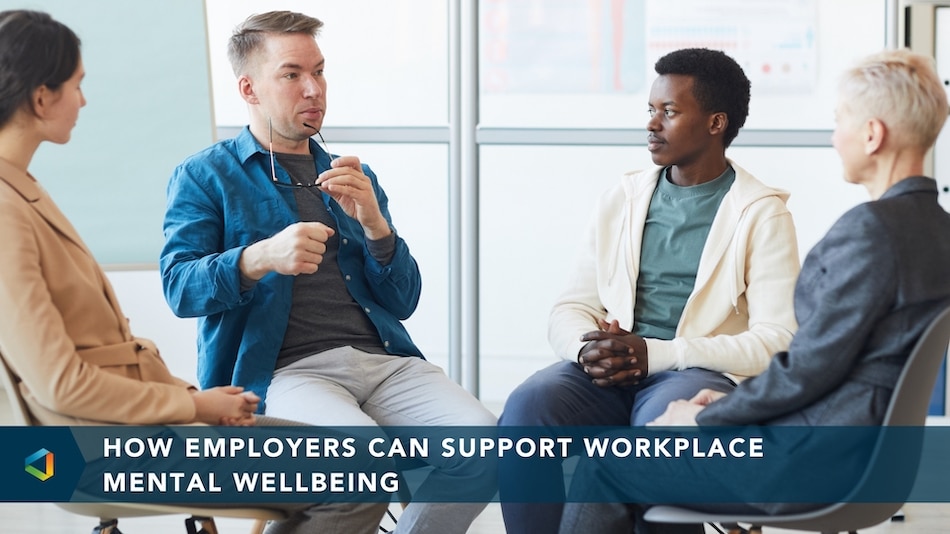Healthy People
Why Total Wellbeing Should Be at the Core of Your Workplace
Why Total Wellbeing Should Be at the Core of Your Workplace
Ensuring a safe workplace is essential for the wellbeing of all employees. A safe foundation can not only help to create a productive and positive working environment but is arguably the most important aspect of population health management.
The Effects of Workplace Injuries
While many industries have made strides in the past decades to improve employee safety, almost 5 million workers' compensation claims are made each year, costing organizations billions in claims costs and lost productivity [1]. Physical health and wellbeing directly impact mental health. Within one year after a serious workplace injury, over half of the employees will display depressive symptoms (PTSD, sleep disturbances, attention difficulties, and more), and almost 20% will be diagnosed with depression [2]. Serious workplace injuries affect not only the individual and their family but the employer: the average cost for all workers’ compensation claims is more than $42,000 per claim, and the median days of work missed due to injury are 12 [3].
A Holistic Approach
Traditional approaches to reducing workers’ comp claims are reactive instead of proactive, addressing issues only after an injury or illness. OSHA suggests removing workplace safety and wellbeing programs from their silos and unifying efforts to tackle population health and safety [4].
By proactively implementing an integrated top-down safety and bottom-up wellbeing program, businesses can improve population health, productivity, and culture. This comprehensive and strategic approach to safety and population health can help companies stay ahead of preventable injuries and illnesses.
A proactive approach to workplace safety and wellbeing includes programs focused on the total spectrum of wellbeing, including prevention, risk management, mental health, and enhanced communication and engagement strategies to drive positive health behaviors, employee morale, and workplace environment.
Businesses that have an effective wellbeing program realize significant cost reductions for their people and organization. According to the Institute for Healthcare Consumerism, employees engaged in a workplace wellbeing program have:
- 30% fewer sick days
- an average 25% reduction in healthcare costs
- 30% reduction in workers’ comp/disability claims [6]
Total Wellbeing Framework
Holistic workplace programming that encompasses people-centered wellbeing solutions and policies, year-round communication strategies, and modernized population health management programming foster tangible business results. When incorporated into a workplace safety plan, these key elements can help to improve the health and engagement of the workforce while also providing measurable improvements in productivity, retention and attraction, adherence, proper utilization, and cost savings.

Population health management solutions coupled with proactive and consistent communications that aim to inform and educate people about their total wellbeing and healthcare consumerism help to reduce the risk of preventable diseases and steer members to the right care when they need it.
Your active involvement in workplace safety is vital to the success of your company. The actions you take will benefit both your business and people for the short and long-term. Begin enhancing your total wellbeing program by reviewing your existing policies and solutions for opportunities to educate, engage, and empower your employees in their total health and wellbeing.
Connect with your OneDigital experts to partner with you to ensure your total wellbeing strategy is optimized for your people and business goals.
To learn more about safeguarding your workplace, read: The Dangers of Worker Fatigue: How Employers Can Promote Safety and Prevent Impairment.
References
1. Simply Insurance, 2022.
2. Richmond, T.S., et al., The effect of post-injury depression on return to pre-injury function: a prospective cohort study. Psychological medicine, 2009. 39(10): p. 1709-1720.
3. Sun Life, Inside Environment 2020-2021 Stop-Loss and Health Research Report. . 2021.
4. Council, N.S., Workers’ Compensation Costs. 2021.
5. The Occupational Safety and Health Administration, Guidelines for Safety and Health Programs 2016.
6. The Institute for HealthCare Consumerism, Healthcare Consumerism Outlook. 2016.





